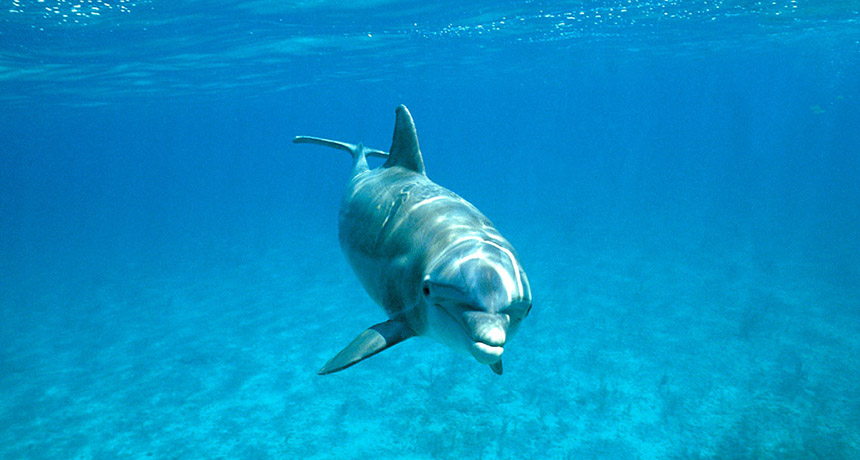Snot could be crucial to dolphin echolocation

Dolphins produce clicking noises to echolocate prey thanks to lumps of mucus-covered tissue in their nasal passage, new models suggest.
sheilapic76/Flickr (CC BY 2.0)

Dolphins produce clicking noises to echolocate prey thanks to lumps of mucus-covered tissue in their nasal passage, new models suggest.
sheilapic76/Flickr (CC BY 2.0)